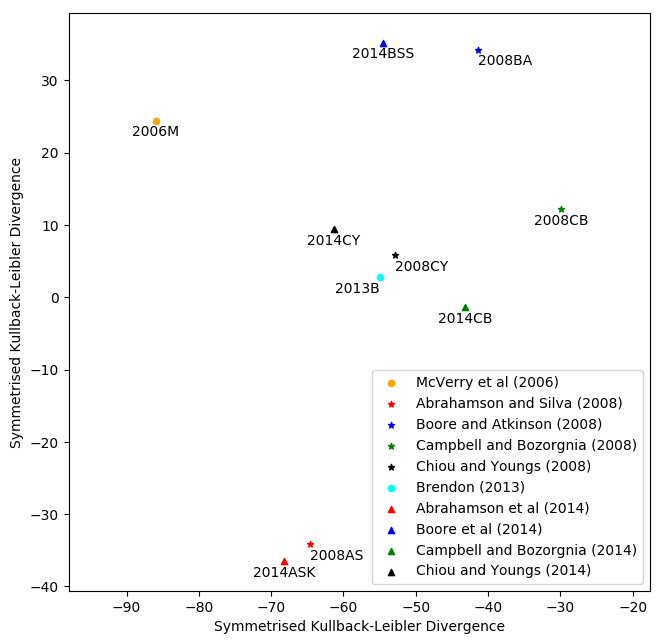GEM - Global Earthquake Model: Test and Evaluation of Probabilistic Seismic Hazard Models
Time Frame
- 2012-2018
Funding
- GEM
Principal Investigator
- Sum Mak
Cooperations
- Global Earthquake Model (GEM);
- GNS Science, New Zealand
Seismic hazard model is a kind of forecast. Scientific forecasts should be rou-tinely evaluated for its accuracy so the improvement can be located. As a part-ner project of the Global Earthquake Model (GEM), we develop methods for evaluating the forecasts of probabilistic seismic hazard assessment (PSHA). Our works involve both the holistic approach (i.e., comparing the forecasted seismic hazard with observed ground motion frequency) and the component-wise approach (i.e., evaluating seismicity models and ground-motion models). Our focuses are:
- Objective and data-driven model evaluation and selection.
- Application-orientated, dealing with practical issues such as correlated observations and unbalanced data.
- Formulising the relation between the amount of information contained in the observation and the significance of the evaluation result. • Rigorously include all information provided by the modeller (particularly for modern ground-motion models with sophisticated uncertainty struc-ture) into our evaluation.
Publications / Results
- Mak, S., Cotton, F. and Schorlemmer, D. (2017), Measuring the performance of ground-motion models: The importance of being independent. Seismological Research Letters (online first), doi.org/10.1785/0120170146
- Mak, S., Clements, R. A. and Schorlemmer, D. (2017), Empirical evaluation of hierarchical ground motion models: score uncertainty and model weighting. Bulletin of the Seismological Society of America, 107(2), doi.org/10.1785/0120160232
- Mak, S. and Schorlemmer, D. (2016), A comparison between the forecast by the United States National Seismic Hazard Maps with recent ground motion records. Bulletin of the Seismological Society of America, 106(4), 1817-1831. doi.org/10.1785/0120150323
- Mak, S. and Schorlemmer, D. (2016), What makes people respond to “Did You Feel It?”?. Seismological Research Letters, 87(1), 119-131. doi.org/10.1785/0220150056
- Mak, S., Clements, R. A. and Schorlemmer, D. (2015), Validating intensity prediction equations for Italy by observations. Bulletin of the Seismological Society of America, 105(6), 2942-2954, doi.org/10.1785/0120150070
- Mak, S., Clements, R. A. and Schorlemmer, D. (2014), The statistical power of testing probabilistic seismic-hazard assessments. Seismological Research Letters, 85(4), 781-783, doi.org/10.1785/0220140012


